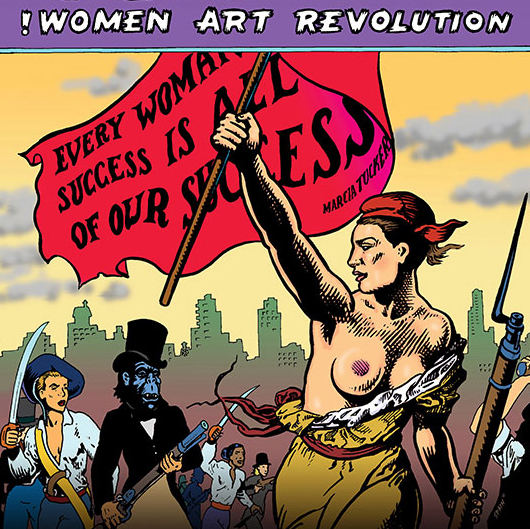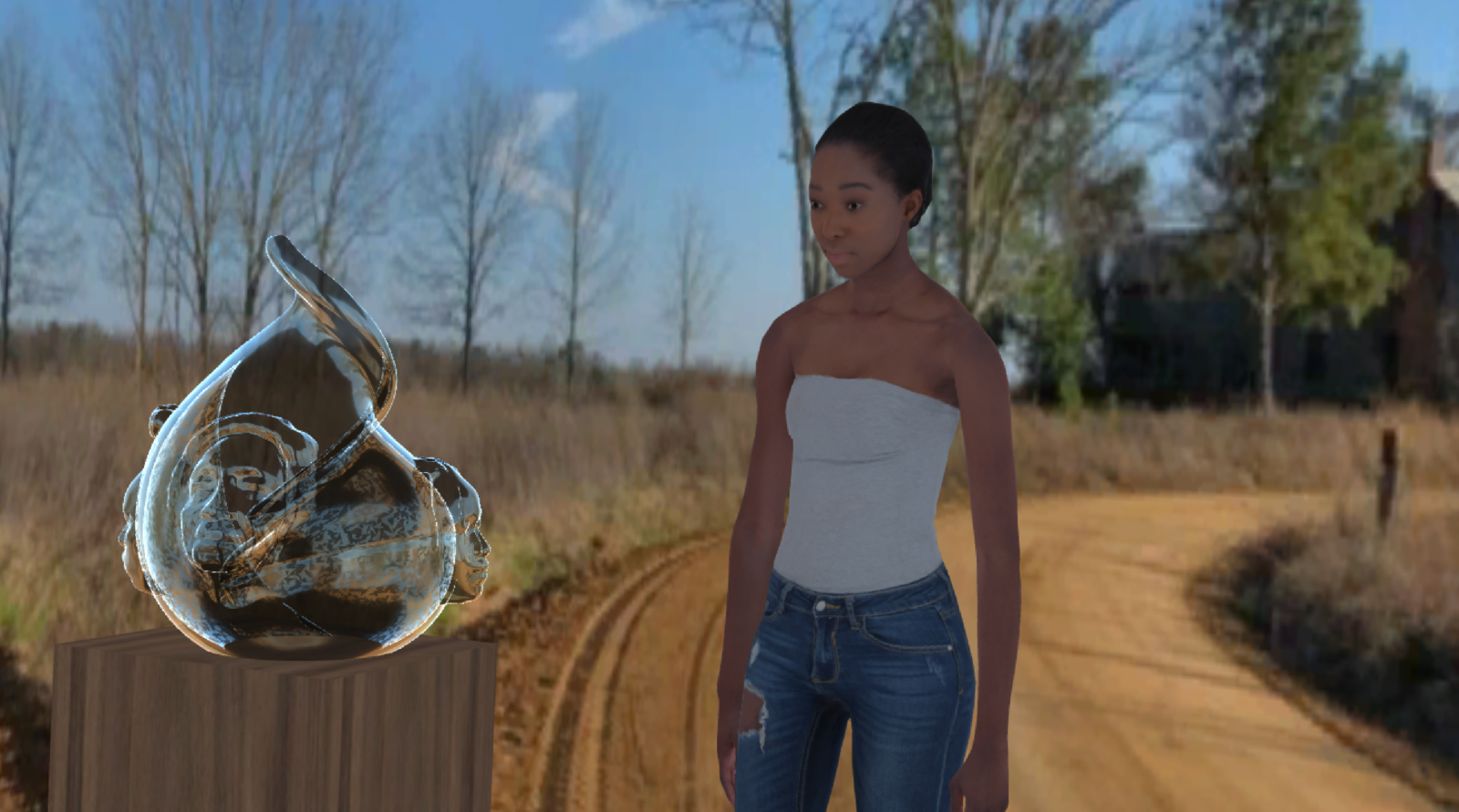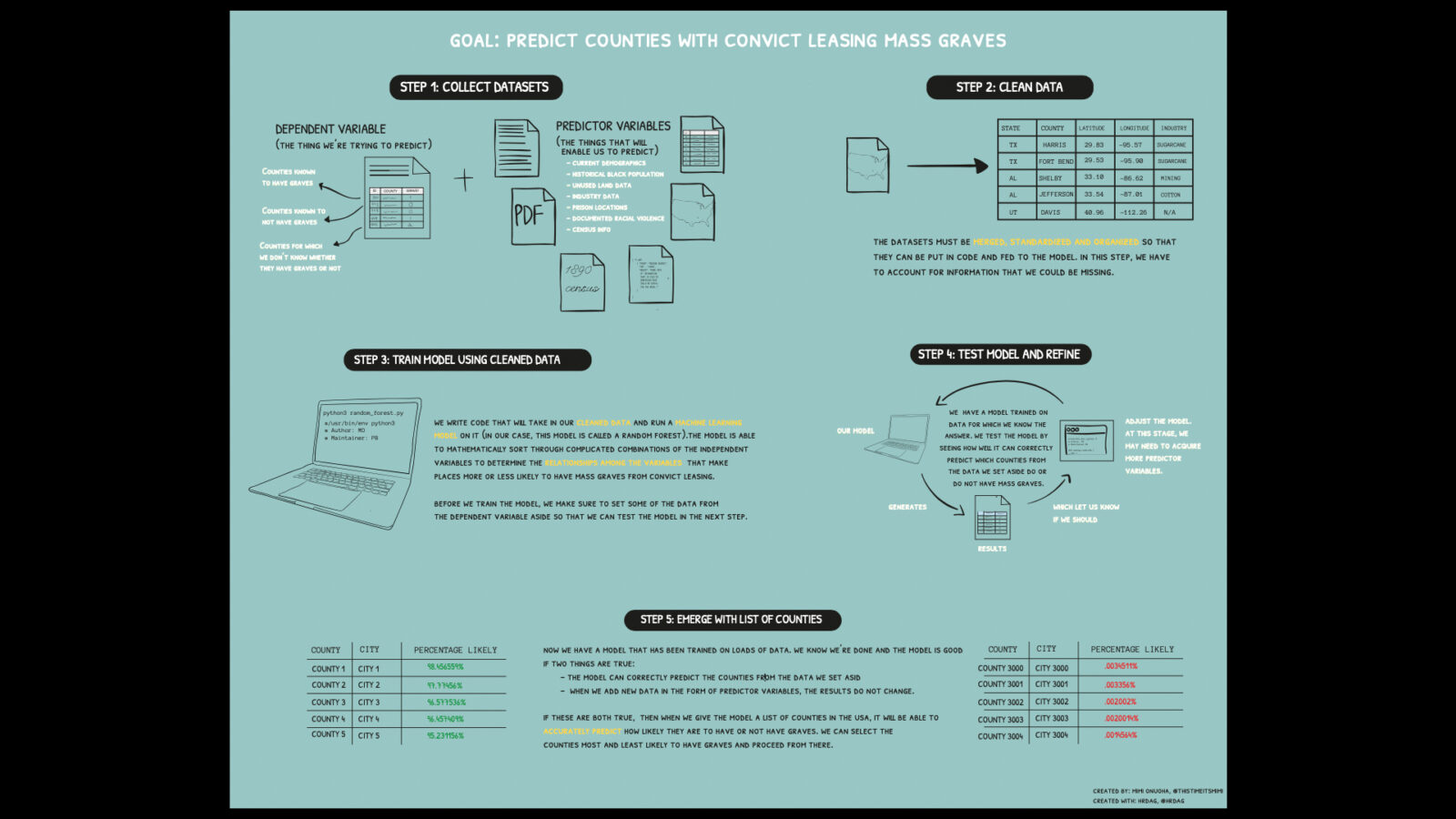
Not the Only One by Stephanie Dinkins.

Not the Only One by Stephanie Dinkins.

Aria End employs the concept of an endlessly mutating labyrinth to create a constellation of cinematic artworks using styles and conventions common to video games. By recalling the way we interact with online media—clicking, zooming and scrolling—these works become a circuit board for lost, anxious feelings that give voice to commonly marginalized views. Perspective dances between first-person and aerial, claustrophobic tunnels transformed to dazzling patterns. The end result will be an experimental game about alienated feminine bodies and feral architecture.
Peter Burr specializes in animation and installation, creating cutting edge immersive environments that hover between abstraction and figuration.

The Source is a publishing series where the artist will publish the computer source code for nearly his entire body of software work over the past 15 years. This code will be footnoted with traditional artist texts and will be published both as a series of small books—one for each project—and as a website. Cory Arcangel creates a virtual user’s manual that details the process by which he has built previous works, including the manipulation of video games. The Source embodies the ethic of openness and generosity that exists within the closed field of hackers, home hobby programmers and new media artists, and posits it as its own art project, with Arcangel’s satiric, self-deprecating voice as a guide.
Cory Arcangel is an artist who makes work in a wide range of media, including composition, video, modified videogames, performance and the Internet.

Women Art Revolution combines interviews, artwork and rarely seen archival film and video footage, to detail the evolution of the feminist art movement in the United States from 1968 to the present. The film ties that movement to 1960s anti-war and civil rights demonstrations, and details major developments in women’s art during the ’70s, including the opening of alternative art spaces such as the AIR Gallery in New York, and the Los Angeles Woman’s Building. Chronicling the work of activists in more recent decades, the film focuses on the Guerrilla Girls, the Women’s Art Coalition, and other similar groups, as well as the publications and spaces they have engendered.
Over the last four decades, artist and filmmaker Lynn Hershman Leeson has been internationally acclaimed for her art and films. One of the most influential media artists, Hershman Leeson is widely recognized for her innovative work investigating issues that are now recognized as key to the workings of society: the relationship between humans and technology, identity, surveillance, and the use of media as a tool of empowerment against censorship and political repression.

Not the Only One (NTOO) is a multigenerational memoir of a black American family told from the mind of an artificial intelligence of evolving intellect. It is designed by, trained inclusively and aligned with the interests and culture(s) of people of color.
Stephanie Dinkins is a transdisciplinary artist creating platforms for ongoing dialogue about artificial intelligence as it intersects race, gender, aging, and our future histories.

Soft Rains uses custom computer software to control miniature cameras, set elements, and recorded dialogue to create and project a film. The film generated portrays a woman alone in a mechanized house defending herself against an outside threat. The installation is comprised of a tabletop sound stage and a projection surface where viewers can see both the filmmaking process in action and its simultaneous result. The robotic set shoots and edits classic film-noir effects such as a chase sequence and various crosscuts between location and point-of-view shots, revealing the mechanisms behind the “magic” of cinema.
Jennifer and Kevin McCoy’s multimedia artworks examine the genres and conventions of filmmaking, memory, and language. They are known for creating video installation and sculpture.

In 2018, Sugar Land county’s school district unearthed the remains of 95 Black people who died through the violent 19th-century practice of convict leasing. This discovery of the “Sugar Land 95” caused unease throughout the city—how could a pleasant and innocuous town sit atop such a brutal past? In Ground Truth, Mimi Onuoha builds a machine-learning model that looks for convict-leasing-era mass burial graves in other counties in the US. The model will be mathematically sound, and its results will be communicated through printed and digital maps, however, the project carries countless impossibilities: of actually digging for remains, and also of scientific methodology to attend to grief, pain, and accountability.
Mimi Onuoha is a Nigerian-American artist creating work about a world made to fit the form of data. By foregrounding absence and removal, her multimedia practice uses print, code, installation, and video to make sense of the power dynamics that result in disenfranchised communities’ different relationships to systems that are digital, cultural, historical, and ecological.